Definition of Defocus Signal
"Defocus" is an important visual feedback signal that can change the growth pattern of the developing eyeball. If defocus stimulation is given by wearing lenses during eye development, the eye will develop towards the position of the defocus signal to achieve emmetropia.
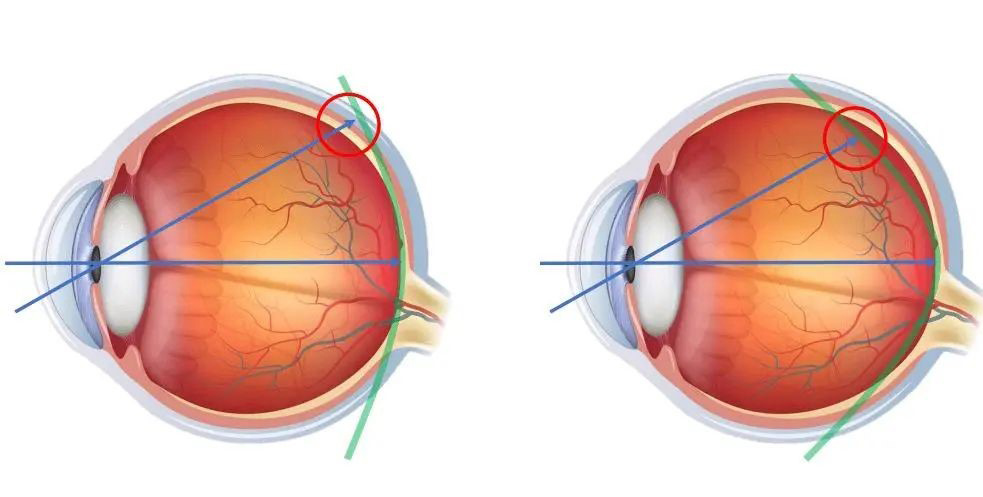
For example, if a concave lens is worn on the developing eye to impose a negative defocus (that is, the focus is behind the retina), in order for the focus to fall on the retina, the eyeball will grow faster, which will promote the development of myopia. If a convex lens is worn, the eye will receive a positive defocus, the growth rate of the eyeball will slow down, and it will develop towards hyperopia.
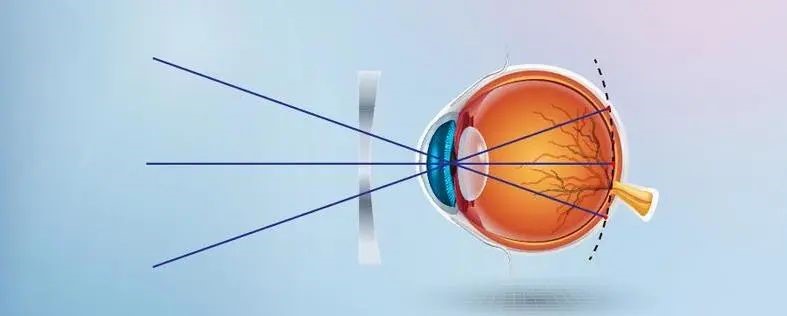
The Role of Defocus Signals
It is found that the defocus signals of the peripheral retina play an important role in regulating the growth and development of the eyeball, especially when the central and peripheral visual signals are inconsistent, the peripheral signals will dominate. In other words, the peripheral defocus signals have a greater impact on emmetropization regulation than the central defocus state!
Researchers believe that when wearing conventional single-vision glasses, the central focus is imaged on the retina, but the peripheral focus is imaged behind the retina. The peripheral retina receives a hyperopic defocus signal, which causes the eye axis to grow and myopia to deepen.
Design of defocus glasses
Multi-point micro-transmission defocus glasses are designed and manufactured according to the principle of peripheral myopia defocus, so that the peripheral image can fall in front of the retina. At this time, the information transmitted to the eyeball will slow down the growth of the eye axis. Different studies have shown that its myopia control effect is positively correlated with the wearing time, and it is recommended to wear it for more than 12 hours a day.
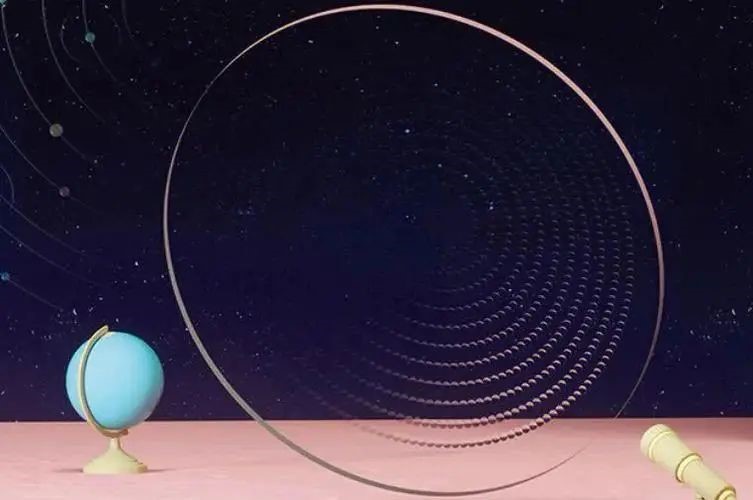
Research on a large scale of optical defocus myopia indicates that far-sighted defocus of retinal images accelerates eyeball growth, leading to elongation of the eyeball and the development of myopia. Conversely, near-sighted defocus of retinal images slows down eyeball growth. The focal point falling in front of the retina due to near-sighted defocus can slow down eyeball growth but cannot shorten the axial length.
For adolescents with an eye axis length not exceeding 24mm, the ideal myopic defocus combined prevention and control measures can ensure a normal eye axis length in adulthood. However, for individuals with an eye axis length exceeding 24mm, the axial length cannot be shortened.
Micro-lens light beams on eyeglass lenses form myopic defocus signals inside the eye, which are key to alleviating myopia development. However, the presence of micro-lenses on lenses does not necessarily guarantee effectiveness; the micro-lenses must first function effectively. Therefore, the production and processing technology of micro-lenses on lenses also test the craftsmanship and technology of manufacturing companies.
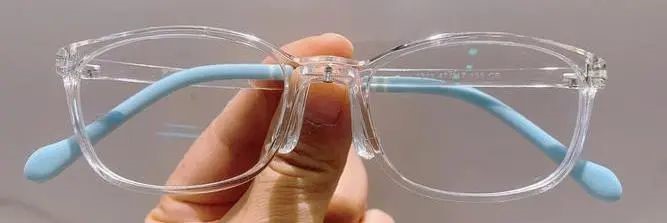
Design of Multi-Focus Micro-Lenses
With the emergence of the "defocus theory," major lens manufacturers have produced various types of defocus lenses. In the past two years, multi-focus micro-lens defocus lenses have also been launched one after another. Although they are all multi-focus defocus lenses, there are significant differences in the design and number of focus points.
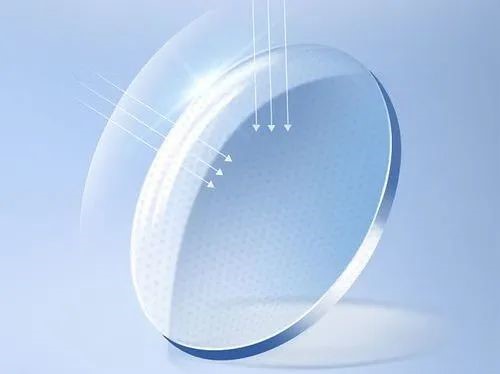
1. Understanding of Micro-Lenses
When wearing single vision eyeglasses, light coming directly from a distance can fall on the fovea, the central part of the retina. However, light from the periphery, after passing through the single lens, does not reach the same plane of the retina. Since the retina has curvature, the images from the periphery fall behind the retina. At this point, the brain is very clever. Upon receiving this stimulus, the retina will instinctively move towards the image of the object, prompting the eyeball to grow backward, causing the degree of myopia to continuously increase.
It is important to note:
1. The retina has the function of growing towards the image.
2. If the image of the central cornea falls on the position of the retina, while the peripheral image falls behind the retina, it will cause far-sighted defocus.
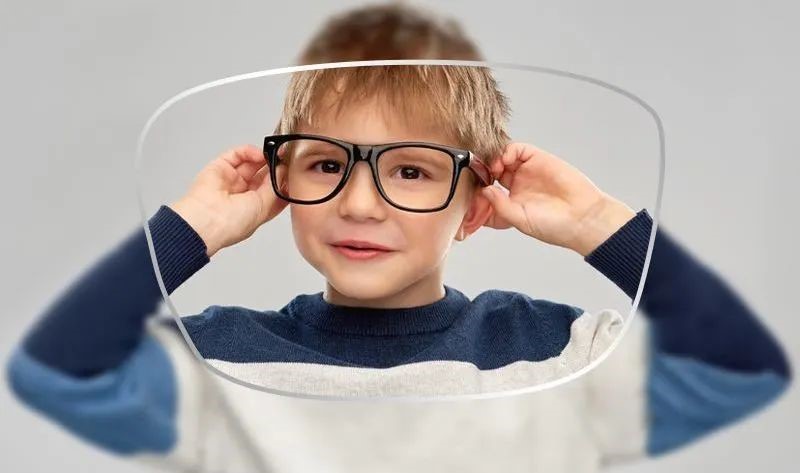
The function of micro-lenses is to use the principle of converging light with an added positive lens in the periphery to pull peripheral images to the front of the retina. This ensures clear central vision while allowing peripheral images to fall in the front part of the retina, creating traction on the retina for preventive and control purposes.
It is important to note:
1. Whether it is a peripheral defocus lens or a multi-focus micro-lens, they both pull peripheral images to the front of the retina to create peripheral myopic defocus while maintaining clear central vision.
2. The effect varies depending on the amount of defocus of the peripheral images falling on the front of the retina.
2. Design of Micro-Concave Lenses
In the appearance of multi-focus micro-defocus lenses, we can see many micro-defocus points, which are composed of individual concave lenses. Considering current design processes, concave lenses can be divided into: single power spherical lenses, low non-micro-defocus lenses, and high non-micro-defocus lenses (with a significant difference in power between the center and the periphery).
1. The imaging effect of high non-micro-defocus lenses meets expectations, providing better myopia control.
2. Blurring of defocused "images": High non-micro-defocus lenses create beams of light that are non-focusing and diverging. If the signal in front of the retina is too clear, it may be selected as the primary visual signal for near viewing, causing the subsequent images to be far-sighted defocused.
Advantages of using high non-micro-defocus lenses:
1. Creating imaging difficulties for the brain by not forming a focus, children will not focus using micro-lenses, but will autonomously choose to focus on the clear parts between the central area and the periphery.
2. Creating a myopic defocus with width and thickness, leading to stronger traction and improved myopia control effectiveness.
3. Hazards of Viewing with Micro-Concave Lenses
The biggest concern with myopia control lenses with micro-lenses is that children may focus on objects using micro-lenses, which can have the following adverse effects:
1. Selection of near viewing as the main visual signal
2. Blurred vision of objects
3. Long-term wearing affecting adjustments
4. Leading to abnormal adjustments and convergence matching
5. Ineffective myopia control when viewing nearby objects
In conclusion
With an increasing variety of multi-focus micro-defocus lenses, choosing the right one becomes a challenge. Regardless of the lens design, the goal is to form a clear image on the retina while maintaining a sustained and stable myopic defocus signal in front of the retina to slow down the progression of myopia and eye axial elongation. The craftsmanship, technology, and quality assurance of multi-focus micro-defocus lenses are crucial. Poor-quality lenses not only fail to slow down myopia progression and axial elongation but prolonged wearing can affect adjustments, leading to abnormal convergence matching.
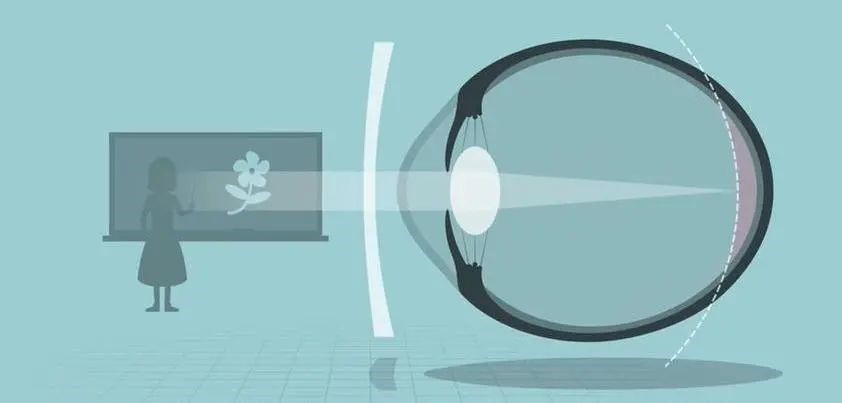
Post time: Jun-21-2024

